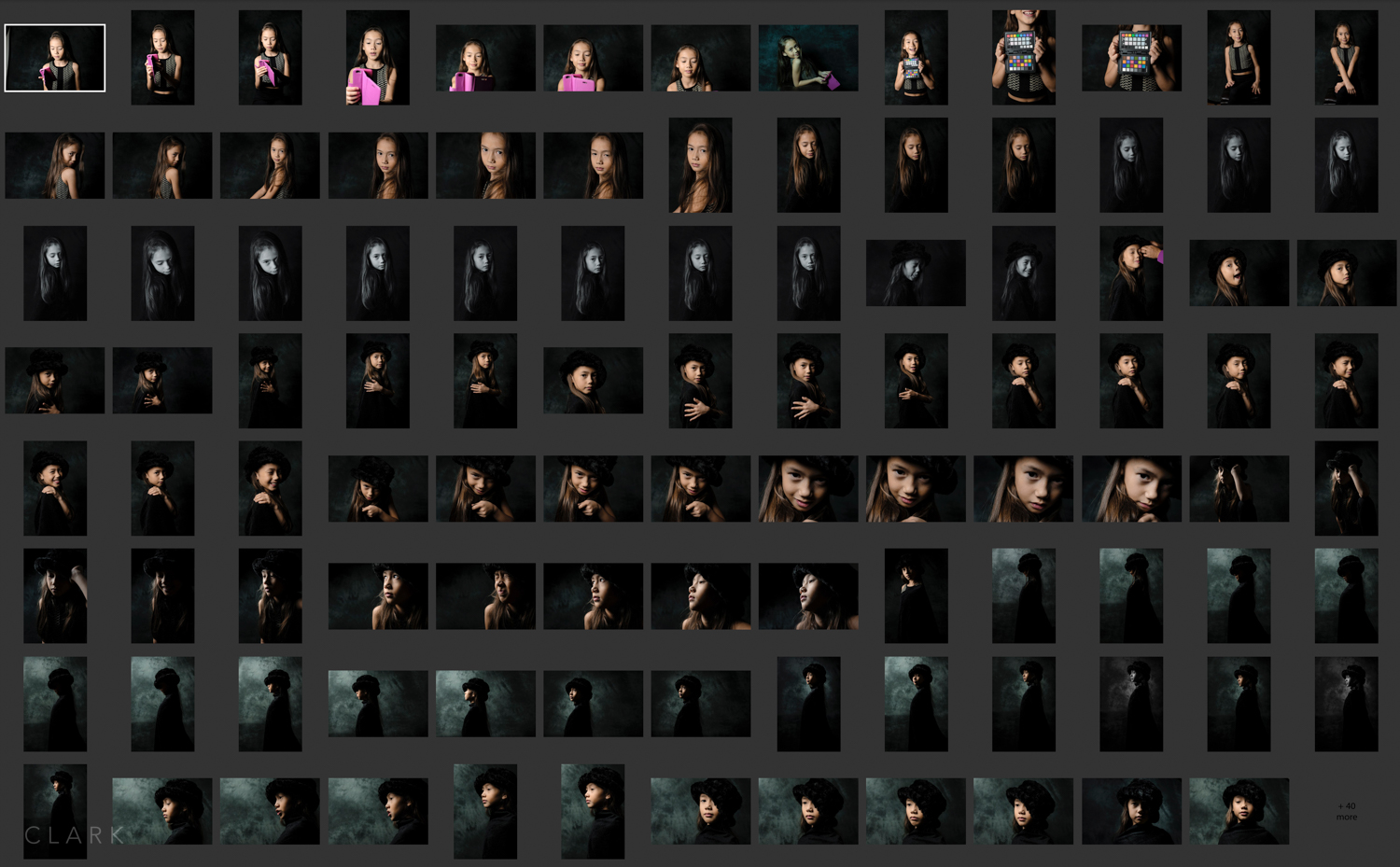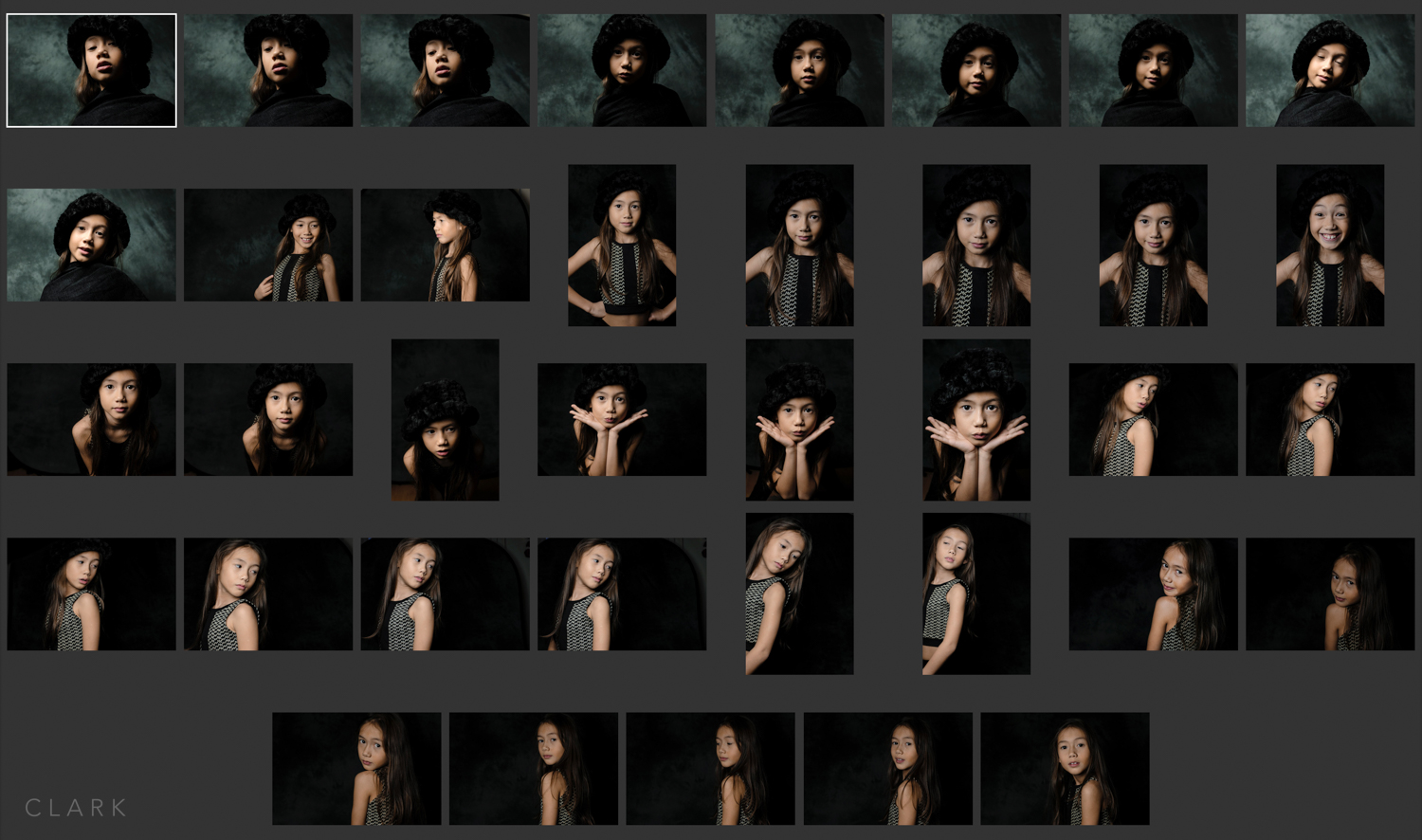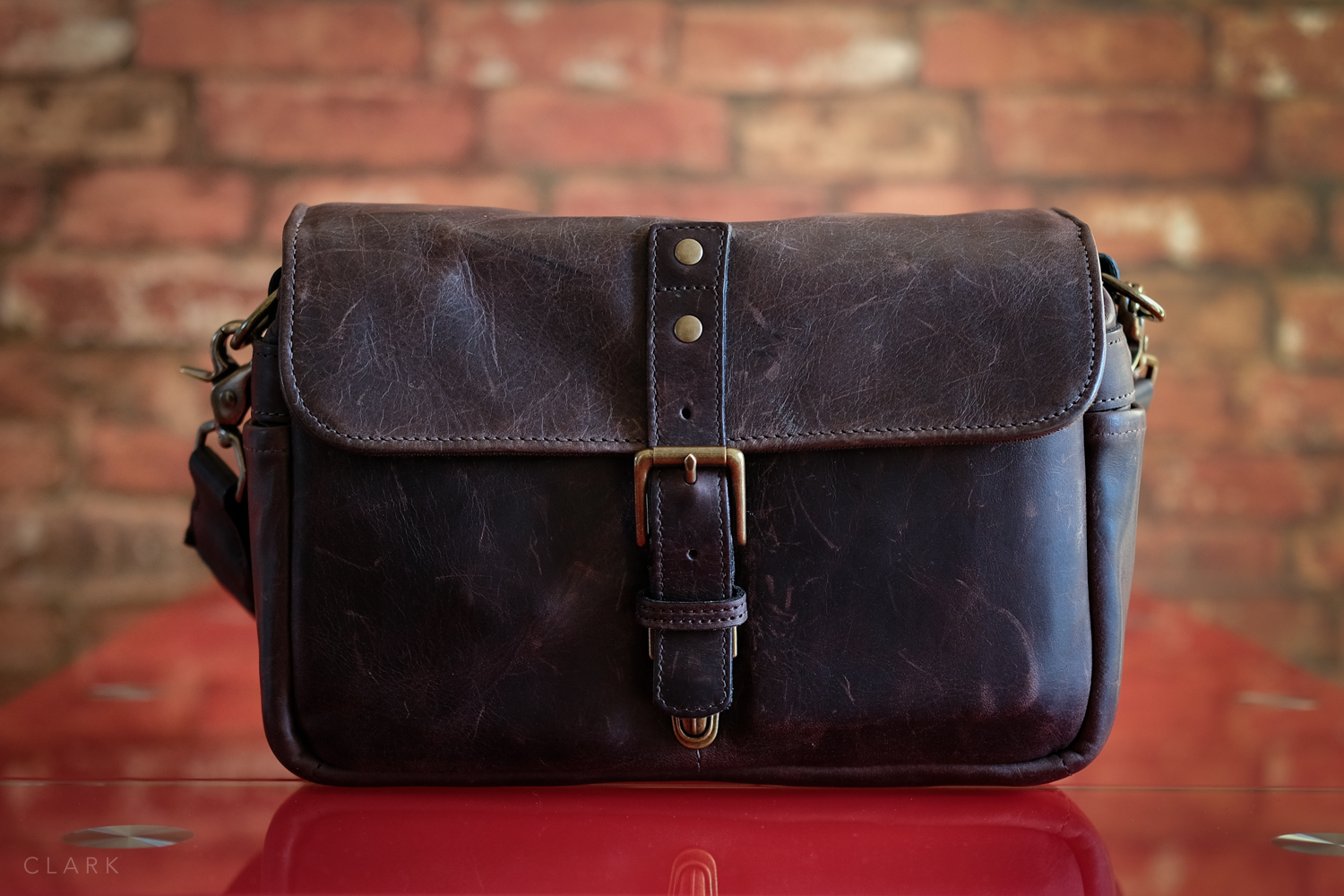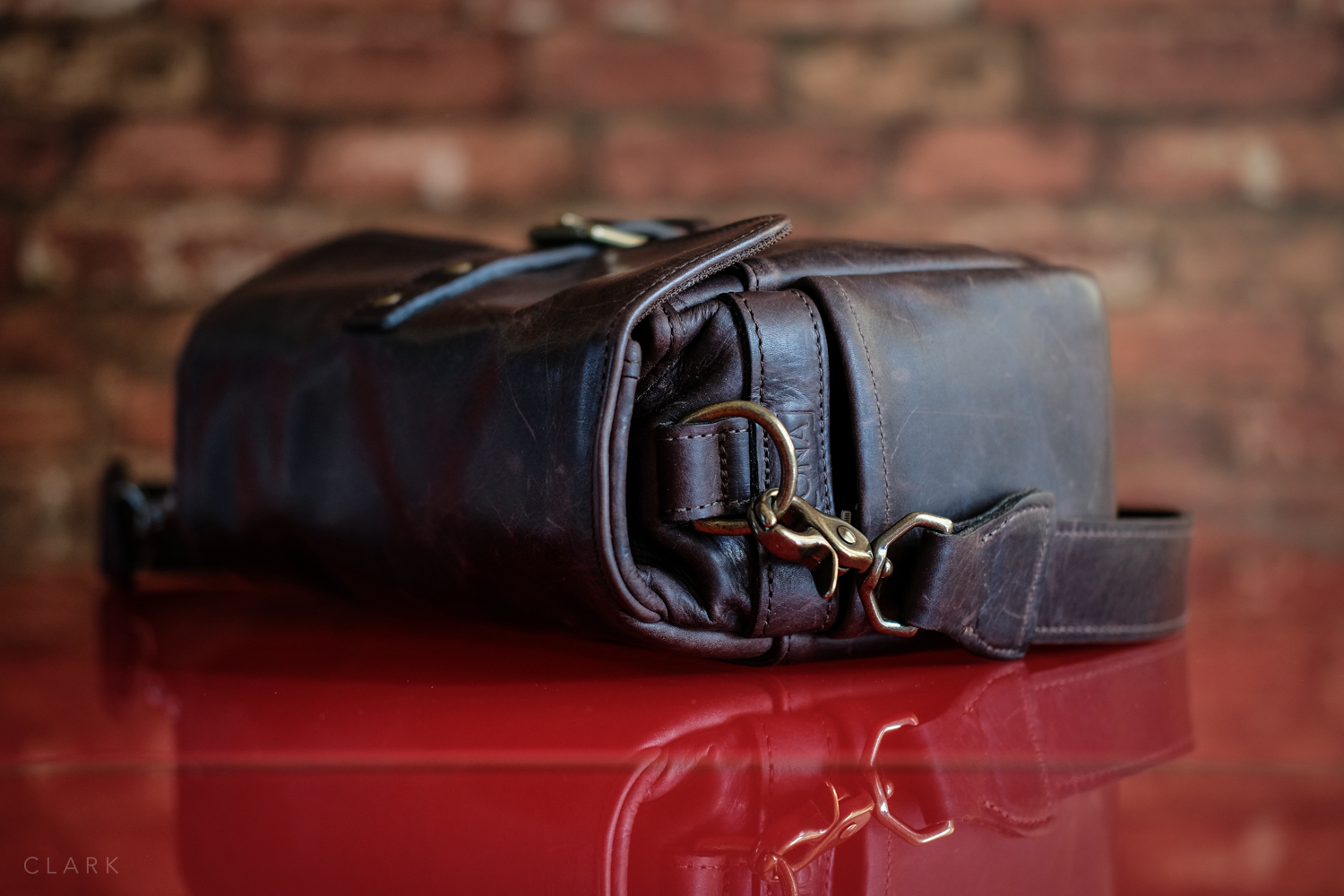All pictures taken with a pre-production Fuji X100F
Most people might not think of the X100 series cameras as portrait or studio tools. For a start, the 35mm field of view is not the best focal length for portraits (unless you're aiming for environmental portraits of course). The small size of the camera can also be deceiving and not something that would come to mind for studio work. But as you will see in this post, the X100F is very capable in a variety of styles in photography.
For this shoot with my daughter Janel, I used the TCL-X100 teleconverter lens to switch the X100F from 35mm to 50mm, which takes it into a more suitable focal length for portraits. Don't forget to set the camera to TCL mode in the menu. I have assigned it to an Fn button, but My Menu is a good place for it too. It's worth pointing out that at the time of writing this post, there are version 2 of the conversion lenses on the horizon. I don't know yet what the differences are from the original ones, but it might be something to keep in mind if you're thinking of buying the TCL (50mm) or the WCL (28mm).
I used a single Bowens Streamlite 530 daylight balanced fluorescent light with the diffuser sock attached and a Lastolight background. Hair and makeup was handled by my wife Fe and after shooting the first few pictures, Janel grabbed Fe's hat and started to pose with it. We then took a peace of black velvet from my lighting bag and wrapped it around her for a darker look. Janel has been my model all her life, so she just moves and poses without having to think about it. She's a natural!
I also used a Color Checker Passport to set a custom white ballance, but I still felt it was a little too warm. I shot RAW + JPEG, but everything you see here are the JPEG's. I used Single Point Auto Focus for the full shoot, but aperture, shutter speed and ISO were all set manually.

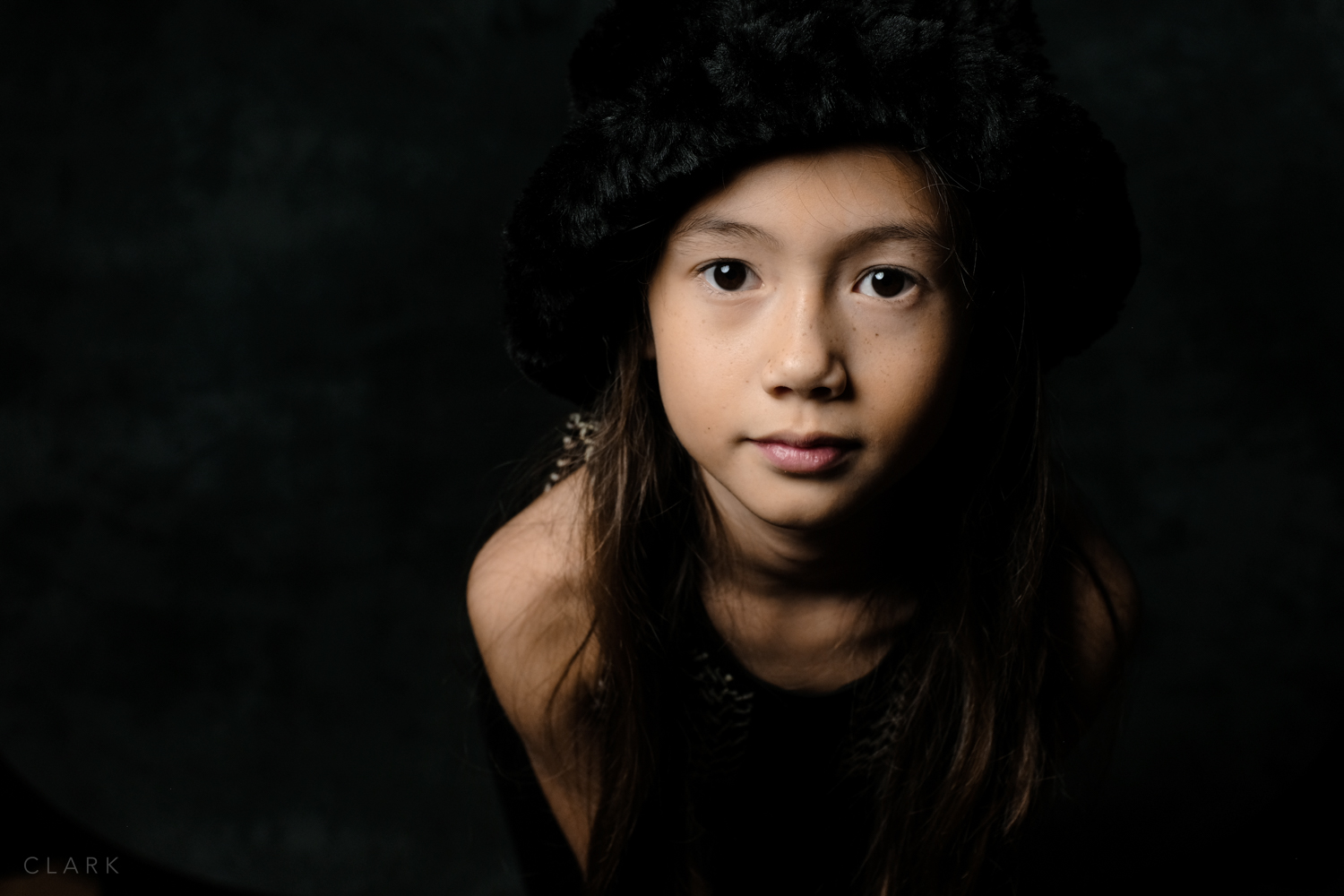
When the original X100 was released with the fixed 23mm lens (35mm FF), some people complained that it was a disadvantage. I never subscribed to this point of view and felt that it was an advantage in some situations and that shooting with a single focal length can make you a better photographer. But there's no denying the two conversion lenses (28mm and 50mm) opened the X100 series up into a system and three times more capable.
The X100F is a real joy to use for shooting portraits. The quality is on a par with the X-Pro2 and X-T2, which means it's as good as any DSLR. I'd like to end this post with a couple of screenshots from Lightroom. What you see below is every picture taken on this shoot. The 13 black and whites you see were shot in camera with the Acros film simulation. There were a couple of shots where Janel moved and I missed focus, but other than that, each shot was usable. I'm looking forward to a lot more portraiture with the X100F.
UPDATE 28th Nov 2017
Jeremy asked in the comments about using the TCL-X100 with the X100F's Digital Zoom feature, which would take the focal length up to 100mm and producing a more natural shape to the face. Thisis indeed true, but at the cost of losing shallow depth of field. This wouldn't matter when shooting against a plain background at f8, but it would if you were shooting at f2.8 to produce a nice bokeh. Here's an example.
I used my feed to make sure Janel's head was roughly the same size in the frame






